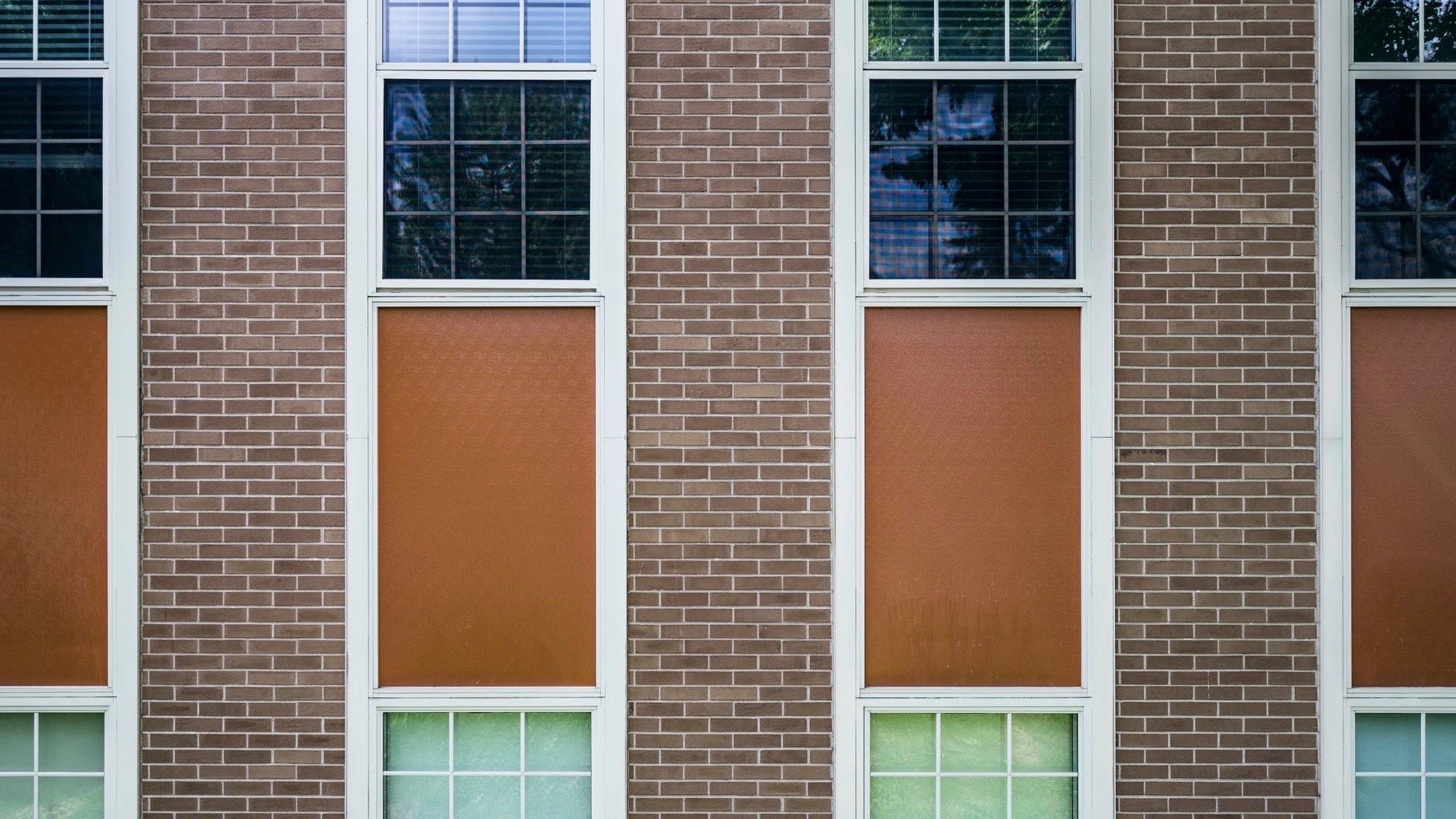
The Coronavirus Response and Relief Supplemental Appropriations Act (CRRSA) went into effect on December 27, 2020. This 5,600-page, $900B bill included $82B specifically set aside for education. Of that money, $52B will go straight to K-12 schools (about four times as much as the $13.5B allocated by the CARES Act in March of 2020).
There’s been a lot of confusion among K-12 facility managers about what exactly this $54B in stimulus funding is for, or how it can legally be spent. Let’s take a look at the most critical takeaways:
1. The Purpose of the Money
The press release for the CRRSA explained that the additional funding “can be used to measure student progress, identify students who have fallen behind, and provide them with differentiated instruction and learning resources that will bring them up to grade level.”
The intention of the funds is ultimately to support a full reopening of K-12 schools, which is now underway. Since money will also measure learning loss from the lack of in-school experiences, some of it will also be used on differentiated instruction programs and other resources that will help to remediate lagging students. Chalkbeat calls out these sorts of initiatives:
- Efforts to specifically help “low-income children or students, children with disabilities, English learners, racial and ethnic minorities, students experiencing homelessness, and foster care youth.”
- Supplies for cleaning school buildings
- Technology to support remote instruction
- Mental health services
- Summer or after-school programs
- Efforts to address learning loss
- School building upgrades and repairs for reducing COVID transmission, including improving ventilation (for example, with a building analytics platform)
2. Who Gets the Money?
Each state will receive a specific portion of the $52B (see the official breakdown here), based on a formula that prioritizes areas with low-income students. Part of the money will be controlled locally by districts, and part will go to the state government for distribution.
The $52B in the CRRSA will work separately from the money allocated under the more recent American Rescue Plan (ARP), but it’s important to consider the new funding from President Biden’s ARP bill as well when planning your use of the funds. Here’s a state-by-state breakdown of the K-12 money from each of the two recent stimulus bills:
Source: Future-ed.org
2. How Was the Breakdown of the Money Decided?
The $52B was divided among states and then passed down to districts in essentially the same way that Title I funds are allocated. High-poverty districts will typically receive more. The money averages out to roughly $1,000 per public school student in the U.S., which means on average a high school with 500 students would receive about $500,000. However, each district will vary because the money is filtered through a Title I lens.
3. How Do I Plan My Spending?
The stimulus money is a significant well of resources. On average, it will close to double the money your K-12 institution receives from the federal government in a year. It could be used on diverse priorities, from facility renovations to building analytics software, since it green-lights you to “address the needs of [your] individual school.”
For starters, you’ll be permitted to spend it on anything that’s already allowed under the Every Student Succeeds Act (ESSA) or the Disabilities Education Act (DEA). It also allows any expenses aimed at continuing operations and keeping your existing staff employed. This means, in practice, that you can use it for anything that’s allowed under other federal laws for education.
To help guide your spending for CRRSA and ARP stimulus money, the Education Department released a list of five questions in mid-March:
- Will the proposed use of funds “prevent, prepare for, and respond to Coronavirus?”
- Is it an allowable use of funds under the CARES Act?
- Is it reasonable and necessary?
- Does it promote equity?
- Does it support returning students to the classroom?
FutureEd specifically calls out at least two priorities relevant to K-12 facilities managers:
- Repairing school facilities, especially ventilation systems, to improve air quality and reduce spread of Covid
- Purchasing PPE and the supplies needed to clean and disinfect schools. The CDC has provided an analysis of the costs of such resources.
Anything you can do to upgrade or repair the school facility, especially if it reduces the risk of COVID transmission, will be a wise investment that helps reopen your school (and keep it open). Resources that improve air circulation, upgrade your BAS, or offer remote visibility and control of the facility for a more complete view of air quality, are sure to be in high demand. You might invest in a building analytics platform or other software that helps to monitor school air quality or enhances BAS and HVAC systems.
Our team at ODIN would love to talk with you about getting your K-12 school back into action and keeping the environment safe with cloud-based, remote BAS software. Trend your building analytics while enjoying true freedom to access and control the system from anywhere, on any device. Reach out today for more information.








